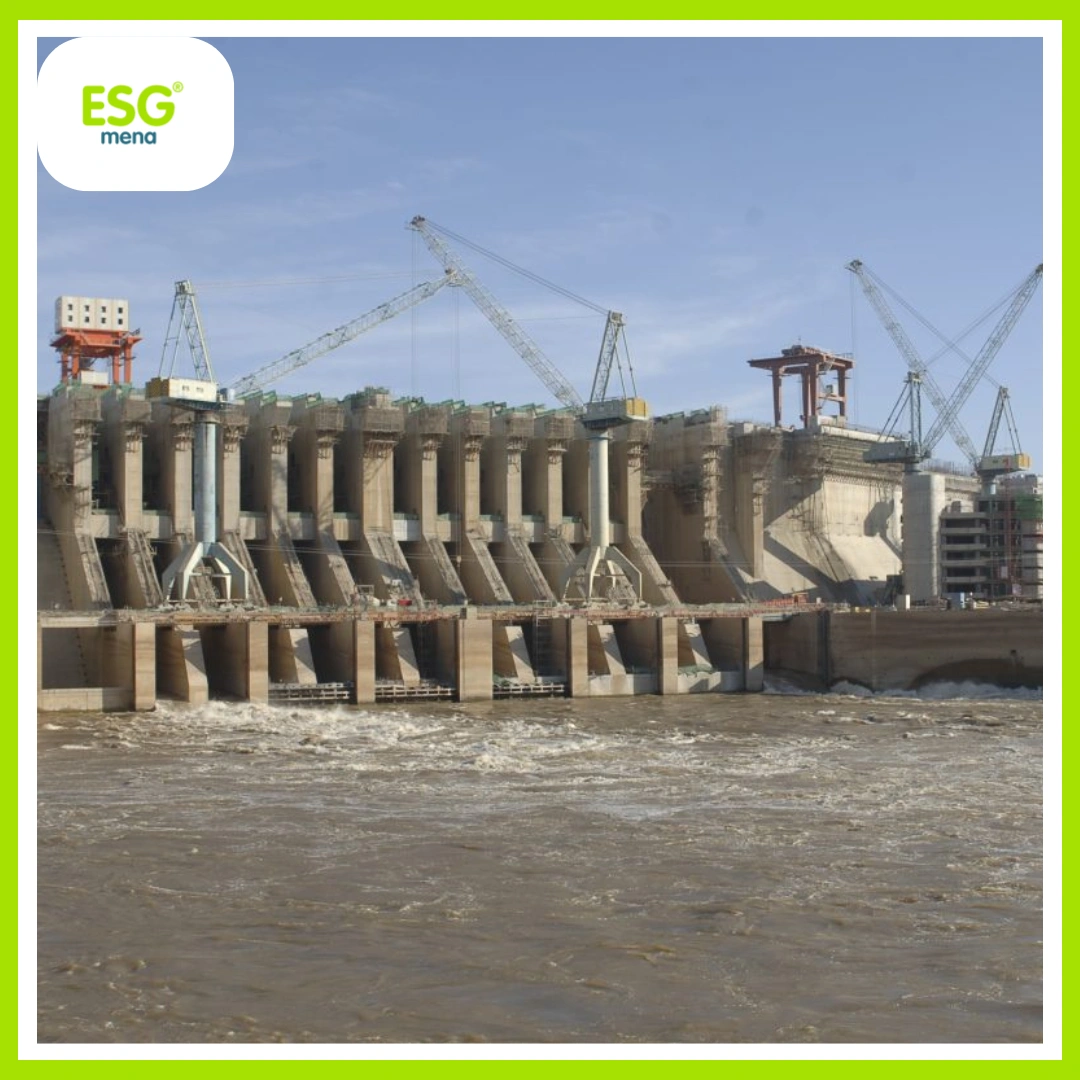The Kuwait Fund for Arab Economic Development plays multiple roles and carries out important practices aimed at preserving the environment. It has given considerable attention to projects that support the transition toward green energy, making the environmental sector one of its current priorities, in light of global efforts and determination to address climate change.
Climate change has become one of the most pressing challenges facing the international community today, and finding solutions has become a priority for all countries, given its negative impact not only on the environment but on all aspects of life—from changing weather patterns and threats to food production, to rising sea levels and catastrophic floods, as well as the increasing exploitation of Earth’s natural resources. These factors threaten climate stability and lead to the extinction of many species. Addressing this problem requires joint efforts and cooperation to achieve the 17 Sustainable Development Goals (SDGs) for 2030 launched by the United Nations to improve global living conditions within the next 15 years.
A Low-Emission Economy
The Kuwait Fund continues its contributions regionally and internationally to safeguard the environment and natural resources. It encourages countries to implement projects that protect natural resources and the environment by financing development projects designed to reduce greenhouse gas emissions. It also helps countries build low-carbon economies by replacing fossil fuels with renewable energy sources, ensuring sustainable energy supplies for future generations through the efficient use of limited resources—thus contributing to the achievement of sustainable development goals.
Multiple Environmental Projects
Below are key environmental projects financed by the Kuwait Fund, aimed at preserving the environment and reducing harmful emissions:
Budi Ganga Hydropower Project (Nepal):
The Fund contributed 5 million Kuwaiti dinars (≈ USD 16 million) to finance the “Budi Ganga” hydropower plant in Nepal. The project promotes social and economic development by increasing electricity generation capacity. It is located in the Ashlam and Bajura districts along the Budi Ganga River, a main tributary of the Seti River, about 830 km from Kathmandu.
Cross-Border Sand and Dust Storm Adaptation & Resilience Project:
In cooperation with UN-Habitat, the Fund financed a project with a grant of 4 million Kuwaiti dinars (≈ USD 12.8 million) to reduce the occurrence of sand and dust storms originating from southern Iraq that directly affect Kuwait and neighboring countries. The project addresses the climatic, geological, and chemical causes of dust storms to provide a safer and cleaner environment for current and future generations.
Wind Energy Project in Jordan:
As part of supporting alternative energy initiatives, the Fund managed a Kuwaiti grant to finance development projects in Jordan, including a wind power project in Ma’an, with a contribution of USD 135.5 million. The project aims to meet the growing demand for electricity, reduce reliance on fossil fuels, and lower environmentally harmful emissions.
Merowe Dam Project (Sudan):
The Fund extended three loans totaling 62 million Kuwaiti dinars (≈ USD 198.4 million) for the Merowe Dam project on the Nile in Sudan. The project was designed to meet electricity demand and reduce production costs through the construction of a dam and hydroelectric station.
Commitment to Sustainable Development
An overview of the Fund’s projects across multiple countries—especially in the electricity generation sector—reveals its firm commitment to supporting initiatives that conserve natural resources and protect the environment. Its financing of such projects is a true reflection of sustainable development goals pursued by the international community, as they aim to cut greenhouse gases, reduce hydrocarbon burning, enhance energy efficiency, and promote a shift to clean fuels and renewable energy—ultimately reducing harmful emissions.




